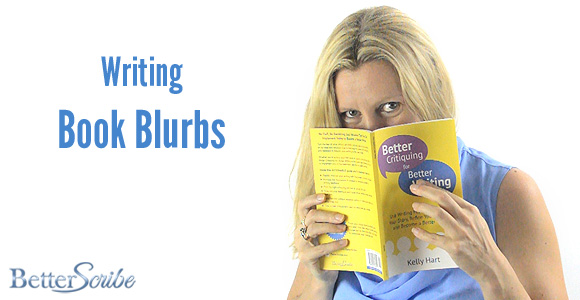
Many writers find writing book blurbs really difficult.
This is because writers don’t really understand what a blurb is meant to do.
I have seen nonfiction blurbs that are more about the author than the content of the book and I have seen fiction blurbs that are a synopsis of the story and even tell the reader the ending!
Argh!
If I know how the story is going to end, why should I bother reading it?
That’s right, I won’t, and neither will any other reader.
So what is a book blurb exactly?
Just to make sure that there is no confusion about what a book blurb is, this is the sales copy on the back cover of the book that tells the reader what the book is about. Amazon calls this the book description.
The back cover blurb entices a reader into buying the book. If the back cover blurb doesn’t peek my interest, I (and many others readers like me) just put it back on the shelf and move onto the next book.
Harsh, but true.
So how can you discover the difference between a good and bad blurb?
Quite simply, do your research.
Have a browse through Amazon, your local library or bookshop and immerse yourself in book blurbs. Choose the ones you like and the ones you think aren’t so good and try to work out why you like or dislike them.
If the blurb does not interest you, identify triggers such as:
- Is there too much information on the back?
- Has the author bored you to tears by explaining instead of enticing?
- Did the back cover blurb give away too much?
If the back cover blurb did peak your interest and you intend to read the book later, consider these triggers:
- So the book has now been added to your reading list. Why?
- Did the back cover blurb finish the last sentence with a hook?
- How long was the back cover blurb?
Here’s the back cover book blurb for Better Critiquing for Better Writing. Notice the benefit driven headline at the top, the actionable bullet points below, and the bonus incentive emphasised at the bottom. These elements on the back cover book blurb help the reader understand “what’s in it for them”.
It’s all about your reader, NOT about you.
When you are writing the book blurb, you should be thinking about your ideal reader.
The blurb should be in the same style as the rest of the book, for example: if you have written a comedy, you should be able to tell it is a comedy from the writing on the back cover. Movies do this incredibly well in their trailers and descriptions, so it may be an idea to look at some popular movies and see how they do it.
Writing book blurbs takes time and effort. You can’t expect to write a fabulous blurb in an hour, it may take many re-writes before you feel the blurb hooks your reader in.
As the author of the work you will be very close to your manuscript and getting feedback on your blurb will be helpful. The other option you have is to get someone who has read your manuscript to re-write the blurb for you (a writer friend is a great choice for this). If you do opt for someone to re-write the blurb, you will need to edit the blurb to make it enticing.
It’s important to realise that not everyone likes the same thing and there are no absolute rules for blurb writing.
Just remember that whatever you write on the back cover blurb is sales copy, which needs to be about the book content and should tantalise your ideal reader into buying your book.
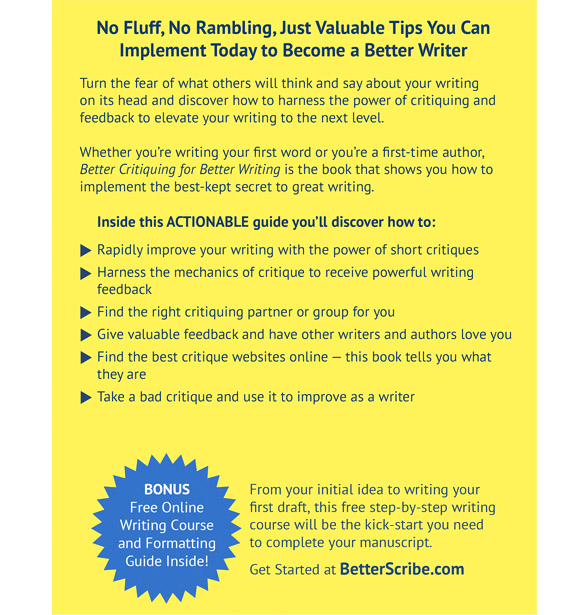
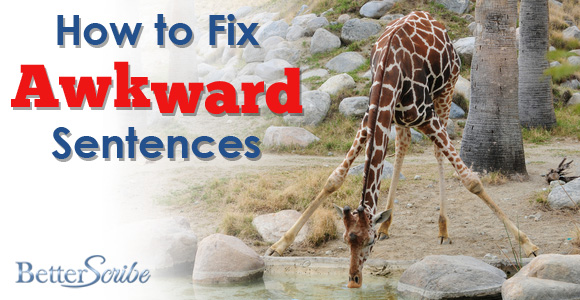

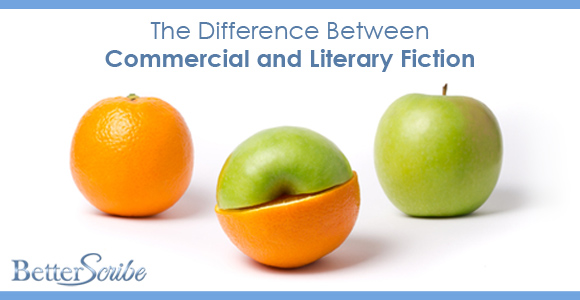
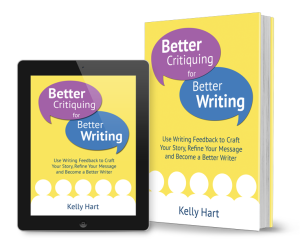


Connect With Kelly